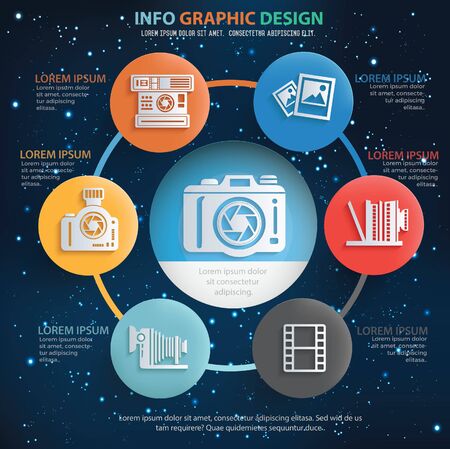Join Us To Discover Crucial Photography Ideas That Will Open Your Cam'S Possibility-- Prepare To Record Sensational Pictures In No Time!
Join Us To Discover Crucial Photography Ideas That Will Open Your Cam'S Possibility-- Prepare To Record Sensational Pictures In No Time!
Blog Article
Web Content Author-Whitley Elmore
When you first pick up your camera, it can feel frustrating with all the setups and alternatives offered. You could find yourself wondering how to browse aperture, shutter speed, and ISO efficiently. Understanding these fundamentals is important, yet there's even more to photography than simply technical knowledge. Comprehending composition strategies and illumination conditions can raise your photos dramatically. So, suppose you could learn basic techniques to improve your skills and begin recording remarkable images quicker than you think? Allow's explore exactly how to change your digital photography journey.
Understanding Camera Setups
Understanding your electronic camera settings is essential for catching stunning photos. When you grab your cam, familiarize yourself with the three main settings: aperture, shutter rate, and ISO. Each plays a vital function in how your images turn out.
Begin with aperture, which controls the quantity of light going into the lens. A wider aperture (lower f-number) lets in a lot more light and develops a beautiful background blur, perfect for portraits. On Outdoor portrait near me , a narrower aperture (greater f-number) maintains more of the scene in focus, suitable for landscapes.
Next, concentrate on shutter rate. This setup establishes the length of time your electronic camera's sensor is subjected to light. A fast shutter rate ices up activity, which is fantastic for activity shots, while a sluggish shutter speed can develop magnificent effects like smooth water in landscapes.
Finally, readjust your ISO. This setup influences your video camera's sensitivity to light. https://squareblogs.net/delbert166mariana/how-to-pick-the-right-camera-for-your-photography-demands in low-light circumstances but can introduce noise or grain. Go for click this over here now while still achieving correct direct exposure.
Structure Methods
When you're out shooting, composition can make all the difference in just how your images reverberate with audiences. Start by utilizing the rule of thirds; picture your frame split into nine equal areas with two horizontal and 2 upright lines. Setting key elements along these lines or at their junctions to produce balance and interest.
Next off, consider leading lines. These natural lines in your scene, like roadways or rivers, draw the audience's eye into the photo, assisting them via the story you're informing.
Do not forget mounting; use components within your scene, like trees or windows, to create a framework around your topic, adding deepness and focus.
Also, watch on your history. A chaotic history can distract from your major topic, while a straightforward one helps it stand out.
Lastly, try out symmetry and patterns; they can develop a striking image that captures attention.
Mastering Lighting Issues
Grasping lighting conditions is essential for catching spectacular pictures, as the ideal light can change a regular scene into something amazing.
Start by observing natural light at various times of the day. Early mornings and late afternoons provide the very best light, known as the golden hour. The soft, cozy tones throughout these times can enhance your photos wonderfully.
Do not shy away from cloudy days either; diffused light can lessen extreme shadows and produce a pleasing impact, especially for portraits.
Trying out backlighting by placing your topic versus the light source. This method can produce a dreamy halo result and add depth to your pictures.
Pay attention to your video camera setups too. Adjust the ISO, aperture, and shutter speed to fit the illumination conditions. A greater ISO can help in low light, yet beware of grain.
Use a tripod in darker settings to avoid blur.
Finally, don't forget artificial illumination. Flash and continuous lights can be terrific devices for controlling light in challenging conditions.
Conclusion
In conclusion, mastering your camera doesn't have to be overwhelming. By comprehending your settings, using composition methods, and harnessing the power of all-natural light, you'll quickly boost your digital photography abilities. Keep in mind, exercise makes best, so venture out there and explore your newly found understanding. With time and commitment, you'll be catching stunning images that show your special viewpoint. Appreciate the trip, and do not forget to have a good time while you go to it!
